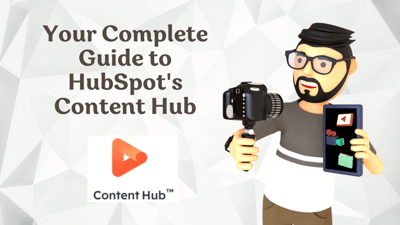BlueOshan is a HubSpot Diamond Partner
Delivering Worldwide from India
Organize your CRM data
Automate your Rev Ops
Optimize your HubSpot setup
Get the best out of your HubSpot investment
Our MarTech Services
Established in 2014, we are a MarTech services company. Our Hubspot Service offerings include Onboarding, Migration, Systems Integration, Administration, Website, and E-commerce Portal Development.
With an in-depth understanding of the HubSpot Platform, we have hands-on experience working for MNCs in the Consumer Packaged Goods (CPG), Information Technology (B2B SaaS), and Manufacturing industries.
Our multi-skilled MarTech consultants, administrators, and developers have been assisting our clients in organizing their data, automating their processes, building highly customized dashboards, and training their users comprehensively.
0
Years
0
Implementations
0
Certifications

ISO 27001
BlueOshan proudly holds the ISO 27001 certification, underscoring our commitment to information security. As a HubSpot Solutions Partner, we ensure your data remains safeguarded and your growth unhindered.

Onboarding Accreditation
As a HubSpot Onboarding Certified Partner Solutions Agency, we've mastered the art of implementing HubSpot's suite of tools for your business. Our expertise in onboarding ensures that you can maximize the potential of HubSpot without any hurdles.
Book a customized demo with our experts
Request a custom demo to see how our customized solutions can streamline your processes.
HubSpot ROI Calculator
Estimate your potential ROI using HubSpot products to understand their financial impact and value for your business.
Book a Discovery call with our team
Schedule a short discovery call for 30 minutes, before setting up a call with our consultants.
Latest updates
From Our Blog Posts
Stay up-to-date with the latest in marketing technology








